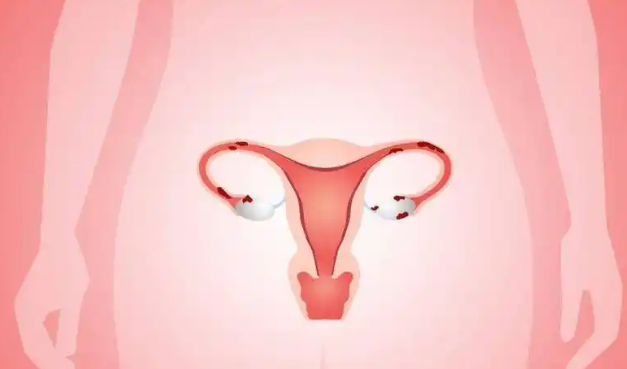What does cervical cancer look like
What does cervical cancer look like?Typical symptoms of cervical cancer are vaginal contact bleeding and abnormal discharge. Early symptoms are usually not obvious, but infiltration and metastasis of other organs and tissues may occur in advanced stages, requiring chemotherapy and surgical excision treatment.
Secondary symptoms appear depending on the extent of invasion of the lesion. When the lesion affects pelvic connective tissue, pelvic wall, presses ureter or rectum and sciatic nerve, frequent urination, urgency of urination, anal swelling, constipation, urgency, swelling and pain of lower limbs are often seen, which seriously leads to ureteral obstruction and pyelonephrosis. These symptoms of cervical cancer are more common.
Vaginal bleeding
Young patients often present with contact bleeding, which occurs during sexual intercourse, gynecological examination and bleeding after defecation. The amount of bleeding generally depends on the size of the lesion and the invasion of blood vessels in the interstitium. This is also a symptom of cervical cancer.
Vaginal discharge
Patients often complain of increased vaginal discharge, which is white or bloody, thin like water or rice soup, with fishy smell. In advanced stage, due to rupture of cancerous tissues, tissue necrosis, secondary infection, etc., a large amount of purulent or rice soupy smelly leukorrhea will be discharged. This is also a symptom of cervical cancer.
Gynecologist said: Generally speaking, chronic cervicitis is easy to become cervical cancer, but this is not absolute. Many factors, such as irrational diet, hormone level disorders, viral fungal infections, etc., may induce cancer in advance. In order to prevent similar tragedies from happening again, it is best to have regular gynecological checkups. Many gynecological diseases have no obvious symptoms in the early stage. If the disease is found, it should be treated actively, otherwise missing the best treatment time can only be regretted.







